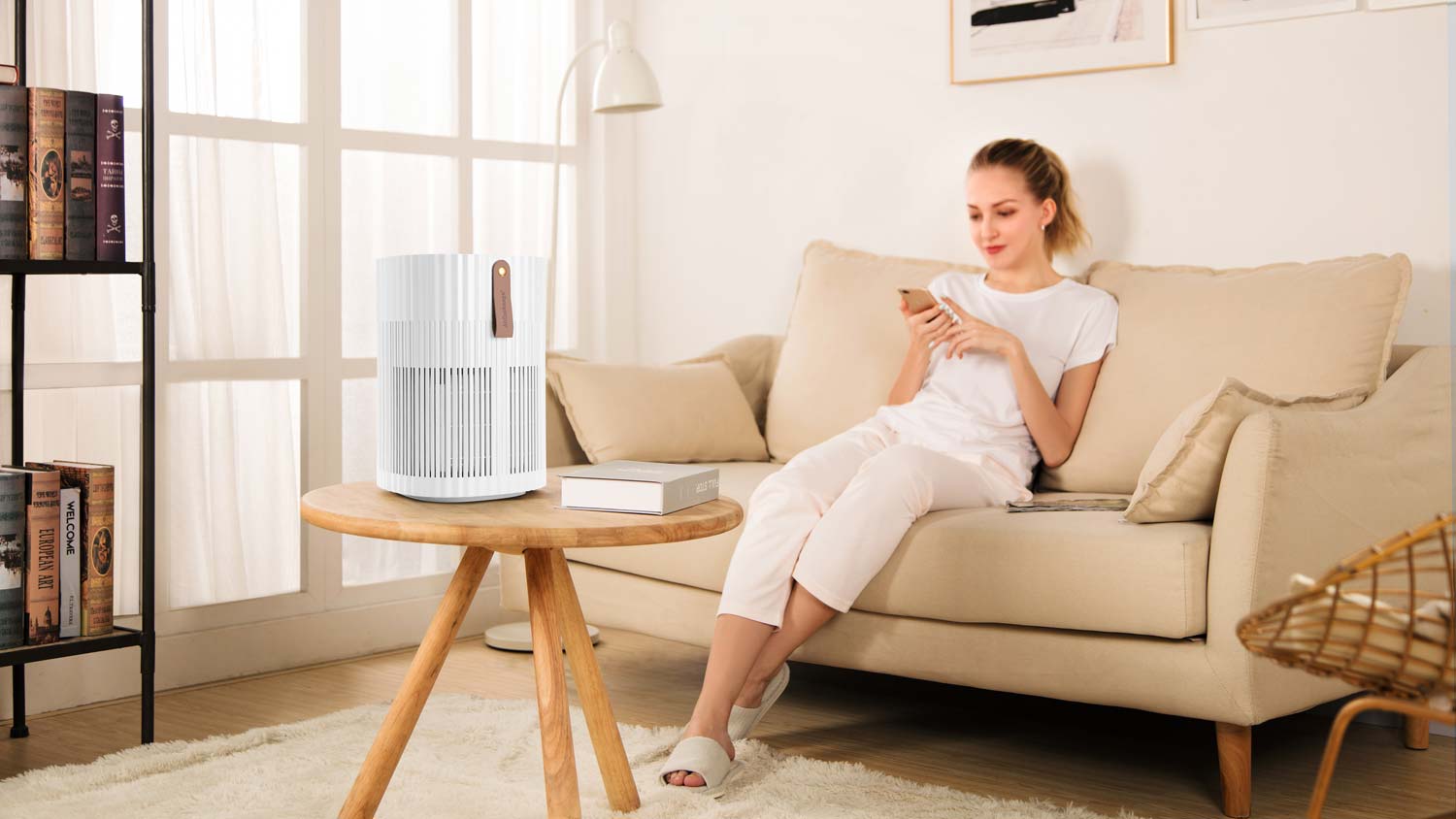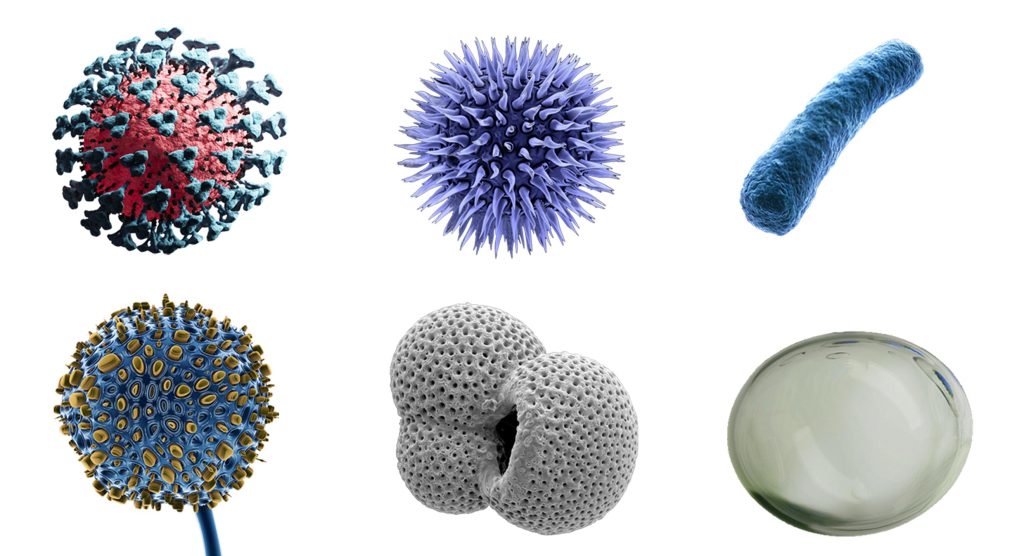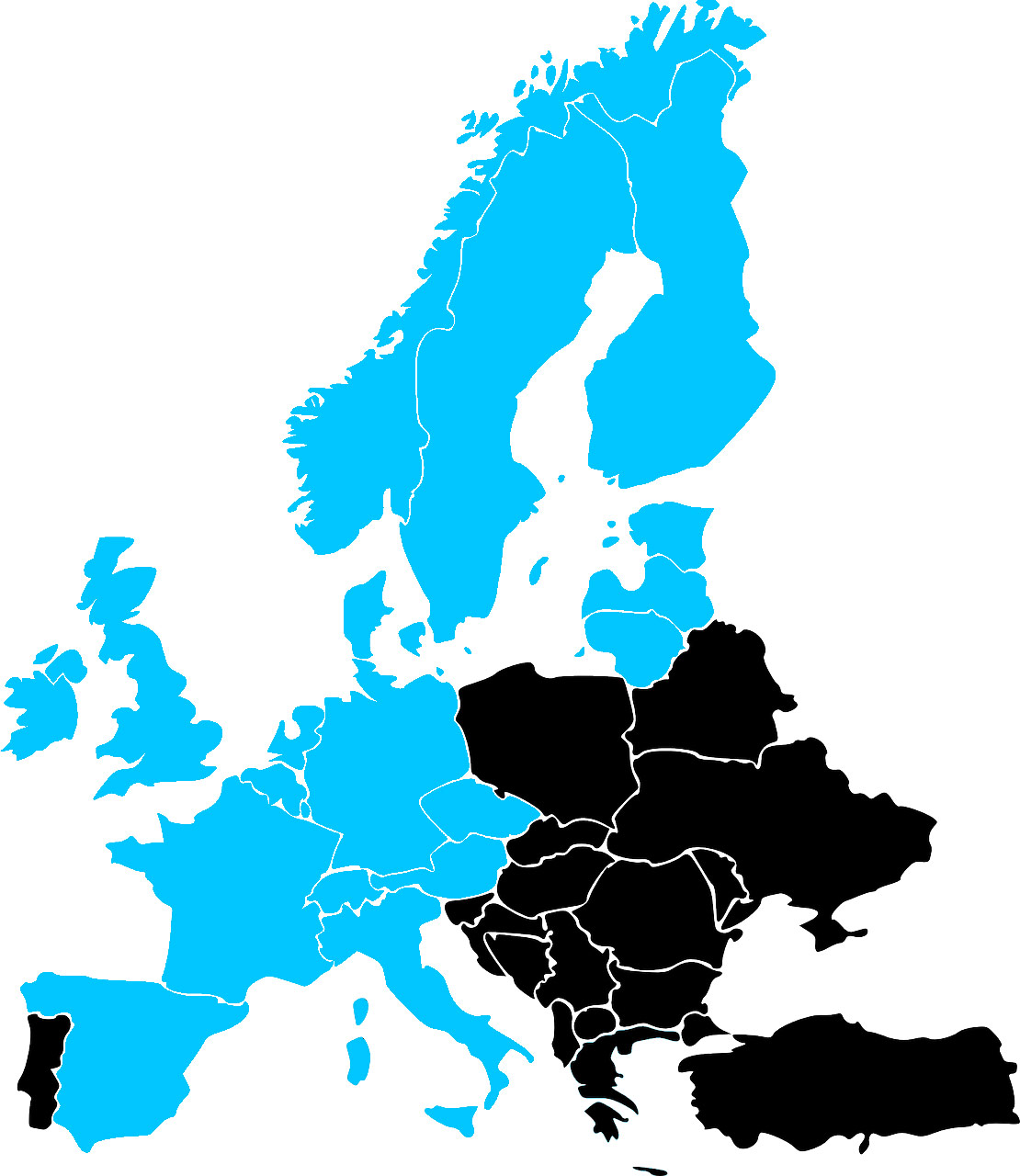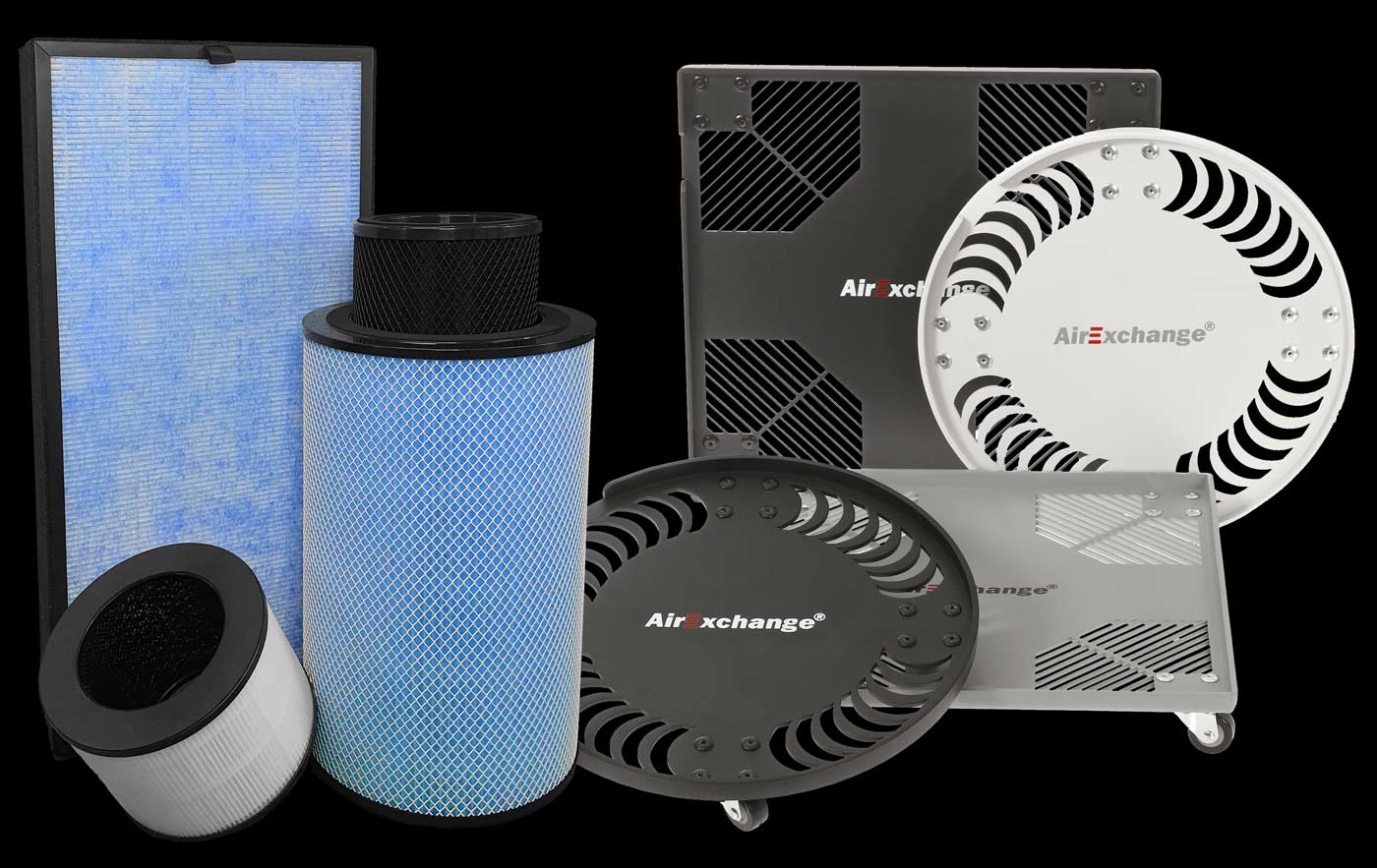
The manual for a safe living and working environment
- Post published:October 13, 2021
The headlines are full of it: virus contamination is increasing again and experts are advising the Dutch government to follow the measures taken by our Belgian neighbors by making CO² meters mandatory in public areas.
What insight do CO² meters provide and how can they contribute to reducing the spread of virus particles? How does this relate to ventilation and do spaces actually become safer, or does this not solve the problem?
Due to the jumble of information, it is nowadays difficult to get an unambiguous answer to all questions. In this blog give you the full story behind a healthy and safe indoor climate to get through the cold autumn and winter months.
Why is regular ventilation important in indoor spaces?
“Indoor spaces should always be regularly ventilated”, according to the recently added advice from the Dutch government. But why is a supply of 'fresh' air necessary?
When airing or ventilating a room, fresh air (O² - oxygen) flows into the room, which ensures that the 'used' air is replaced and diluted. Used air can contain many harmful or infectious substances such as virus particles, fine dust, odors and vapours.

The role of CO² meters in measuring air quality
Carbon dioxide (CO²) is a good indicator to measure this 'used' air, because everyone exhales CO². In closed spaces with many people and little ventilation, such as in classrooms or offices, the CO² level can rise quickly. Excessively high CO² values can lead to concentration problems, fatigue symptoms and headaches.
An increased CO² concentration does not provide information about the number of virus particles in the room, but it indicates that the room has not been aired for too long and can therefore increase the risk of infection.
CO² meters are usually fairly simple measuring instruments to determine the concentration of CO² in the room. These devices are best placed in the middle of the room and show the indicator colors green, yellow and red based on the CO² level. These colors are often associated with the measured concentration of CO² particles in parts per million (ppm); up to 1000ppm the indoor air quality is considered good (green). When this concentration is exceeded, the meter switches to “yellow” and above 2000ppm the meter usually jumps to red. A CO² concentration above 2000ppm can quickly become dangerous and in such cases those present are advised to leave the room.
To measure is to know, but how does correct ventilation work?
CO² meters help to indicate the air quality, but these devices ultimately do not ensure that the air quality in the room improves. The key to a healthier indoor climate lies in the combination of supplying fresh outside air (ventilation) and purifying the polluted air that is still present in the room (air purification).
The easiest way to ventilate is to open the windows. Windows that can be fully opened are more effective than tilt windows. To create a natural airflow in the room, it is also recommended to widely open opposite windows. This is called cross-ventilation (or stoßlüften in German).
Another option is to use the existing ventilation system. The options for this form of ventilation differ per room and per building; many office buildings and schools have an existing ventilation network, but usually these are not powerful enough or use 'recirculation', where air is simply blown from room to room through the building. A cool breeze can often feel like good ventilation, but with recirculation, that same air has probably just been in the office or classroom next door.
What to do if the windows cannot be opened or if it is too cold outside to ventilate?
Not all buildings or spaces have a central ventilation system with a fresh air supply or the ability to open windows in every room. In addition, upgrading an existing ventilation system in most cases costs several tens of thousands of euros.
Weather forecasts also play a major role in ventilation options: which customer, employee or student would like to have all the windows open when the temperature outside is below freezing point?
Without the possibility of regular ventilation, it is inevitable that infectious air and CO² particles will eventually accumulate in the presence of a large number of people. In such a case, many advices recommend that you leave the room, but what other alternatives are there?
In many countries around us we are already seeing the switch to mobile air purifiers. In Germany and the United States, full government subsidies are made available for installing air purifiers in public areas such as classrooms and offices. The experts expect that the Netherlands will soon be more responsive to improving air quality through air purification.

How do I choose the right air purifier to make my space safer?
There is now a lot of choice in air purifiers, but what are the most important properties? Air purifiers are generally mechanical systems that draw in ambient air from the room and then pass it through a filter. The effectiveness of an air purifier and the number of harmful particles the system can purify depends entirely on the filter combination and the power of the device.
HEPA filters are known from the aviation and medical world. Depending on the density of this filter, it stops virus particles, bacteria and (fine) dust. For example, a HEPA H13 filter has a virus elimination efficiency of over 99.95%.
Some systems use a UV-C lamp. This lamp irradiates the air particles with an ultraviolet, electromagnetic, short-wave radiation that breaks down the cell nuclei of all micro-organisms and thus renders the particles harmless (provided the correct wavelength and light emission are used).
Another important aspect in choosing a good air purifier is the cleaning capacity, also called CADR (Clean Air Delivery Rate). The CADR level is the volume/flow rate for cubic meters of air (m³/h) that can be cleaned per hour by the device. As an example, let's take a room of 100m² with a height of 2.2m. This space has a volume of 220m³. With the advice of the World Health Organization (WHO) that every room should be cleaned at least 2.5 to 3 times an hour every hour, an air purifier with at least 600m³/h CADR is required. With our smart cleaning calculator you can easily calculate how much CADR you need for your space.
An often forgotten but crucial side effect is drafts. The airflow that an air purifier creates can be experienced as cold. A top-down airflow (as with our unique VORTEX technology – see left image below) is of great importance to counteract draft and to keep the room a comfortable environment for everyone.

Our contribution to making every indoor space safer
AirExchange® is the market leader in the Benelux in the field of professional air cleaning and is now active in most of Europe and Scandinavia. With our stylish design, the unique filter combination (including a HEPA H13 filter, Carbon filter, Titanium Dioxide (TiO²) filter and UV-C light treatment), the patented VORTEX-technology and our high cleaning capacity (CADR), our mission is to make indoor spaces safer throughout the entirety of Europe. Your health counts and we are committed to it!
Every space is unique. Do you have questions about making the indoor climate in your space safer?
Feel free to contact one of our experts.


